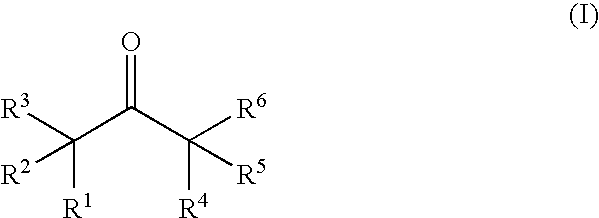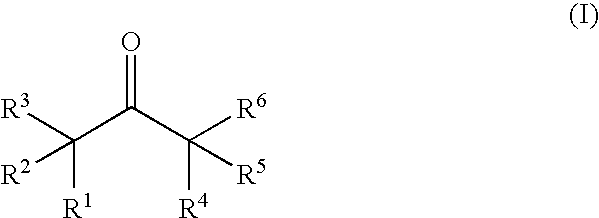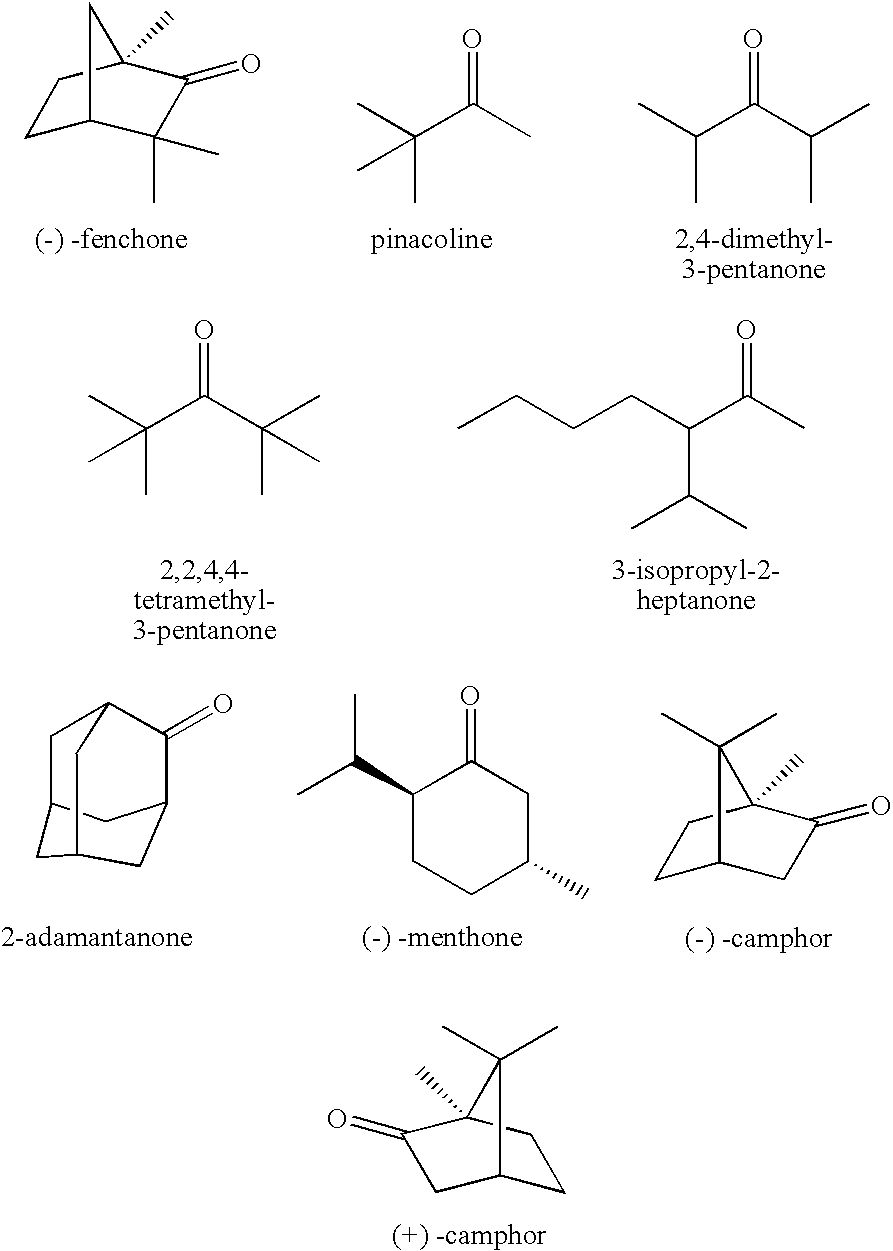Nonaqueous electrolytic solution and lithium secondary battery
- Summary
- Abstract
- Description
- Claims
- Application Information
AI Technical Summary
Benefits of technology
Problems solved by technology
Method used
Image
Examples
example 2
[0059] The procedures of Example 1 were repeated except that (-)-fenchone was employed for the electrolytic solution in an amount of 0.5 wt. %, to prepare a coin-type battery.
[0060] A battery performance after 50 cycles was measured. The discharge capacity retention was 85.9%. After the overcharging test, a lithium on the negative electrode was inactivated, and was gray.
[0061] The preparation and performances of the coin-type battery are set forth in Table 1.
example 3
[0062] The procedures of Example 1 were repeated except that (-)-fenchone was employed for the electrolytic solution in an amount of 3.0 wt. %, to prepare a coin-type battery.
[0063] A battery performance after 50 cycles was measured. The discharge capacity retention was 90.3%. After the overcharging test, a lithium on the negative electrode was inactivated, and was gray.
[0064] The preparation and performances of the coin-type battery are set forth in Table 1.
example 4
[0065] The procedures of Example 1 were repeated except that (-)-fenchone was employed for the electrolytic solution in an amount of 5.0 wt. %, to prepare a coin-type battery.
[0066] A battery performance after 50 cycles was measured. The discharge capacity retention was 88.1%. After the overcharging test, a lithium on the negative electrode was inactivated, and was gray.
[0067] The preparation and performances of the coin-type battery are set forth in Table 1.
PUM
 Login to View More
Login to View More Abstract
Description
Claims
Application Information
 Login to View More
Login to View More - R&D
- Intellectual Property
- Life Sciences
- Materials
- Tech Scout
- Unparalleled Data Quality
- Higher Quality Content
- 60% Fewer Hallucinations
Browse by: Latest US Patents, China's latest patents, Technical Efficacy Thesaurus, Application Domain, Technology Topic, Popular Technical Reports.
© 2025 PatSnap. All rights reserved.Legal|Privacy policy|Modern Slavery Act Transparency Statement|Sitemap|About US| Contact US: help@patsnap.com



